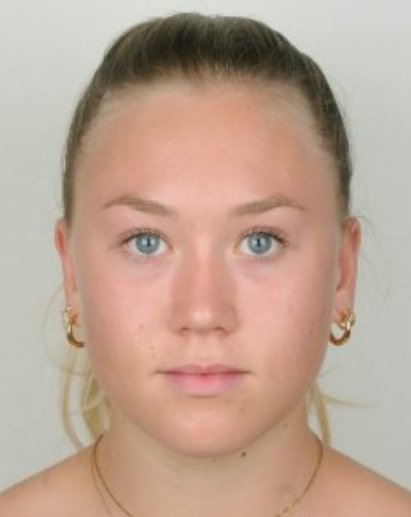What is the Chance of Seeing a Falling Star?
Have you ever gazed up at the night sky and wondered about the likelihood of witnessing a falling star? The enchanting sight of a shooting star, also known as a meteor, has captivated humanity for centuries. In this article, we will delve into the probability of seeing a falling star, exploring various factors that influence this celestial event.
Understanding Meteors
Meteors are small pieces of debris from comets or asteroids that enter the Earth’s atmosphere. As they travel through the atmosphere, they burn up, creating the streak of light we see as a falling star. The majority of meteors are so small that they burn up completely before reaching the ground.

Frequency of Meteor Showers
The frequency of meteor showers varies throughout the year. Some of the most famous meteor showers include the Perseids in August, the Geminids in December, and the Leonids in November. During these events, the Earth passes through the debris trails left by comets, resulting in a higher number of meteors visible in the sky.
| Meteor Shower | Peak Date | Frequency |
|---|---|---|
| Perseids | August | 50-100 meteors per hour |
| Geminids | December | 60-100 meteors per hour |
| Leonids | November | 10-20 meteors per hour |
Factors Affecting Visibility
Several factors can affect your chances of seeing a falling star. Here are some key considerations:
- Location: Being in a rural area with minimal light pollution increases your chances of seeing a meteor. Light pollution from cities can wash out the fainter meteors.
- Time of Year: As mentioned earlier, certain times of the year are more favorable for meteor viewing. The peak periods for meteor showers are when the Earth passes through the debris trails of comets.
- Weather Conditions: Clear skies are essential for meteor viewing. Clouds, rain, or high humidity can obstruct your view.
- Positioning: Lie on your back and look up at the sky. This allows you to see a larger area of the sky and increases your chances of spotting a meteor.
Calculating the Probability
Calculating the exact probability of seeing a falling star is challenging due to the numerous variables involved. However, we can make some educated estimates based on available data.
According to the American Meteor Society, there are approximately 100 meteors per hour during a meteor shower. Assuming you spend two hours observing the sky, your chances of seeing at least one meteor would be 100% during a peak meteor shower. During non-peak periods, the chances may be lower, but still around 50-75%.

Additional Tips for Meteor Viewing
Here are some additional tips to enhance your meteor viewing experience:
- Prepare for Comfort: Bring blankets, pillows, and a comfortable chair to make your viewing experience more enjoyable.
- Stay Hydrated: Bring water or a non-alcoholic beverage to stay hydrated during your observation.
- Share the Experience: Invite friends or family to join you for a memorable night under the stars.
In conclusion, the chance of seeing a falling star can vary depending on various factors such as location, time of year, and weather conditions. By understanding these factors and following some simple tips, you can increase your chances of witnessing this enchanting celestial event. So, the next time you gaze up at the night sky, keep an eye out for those shimmering streaks of light!



